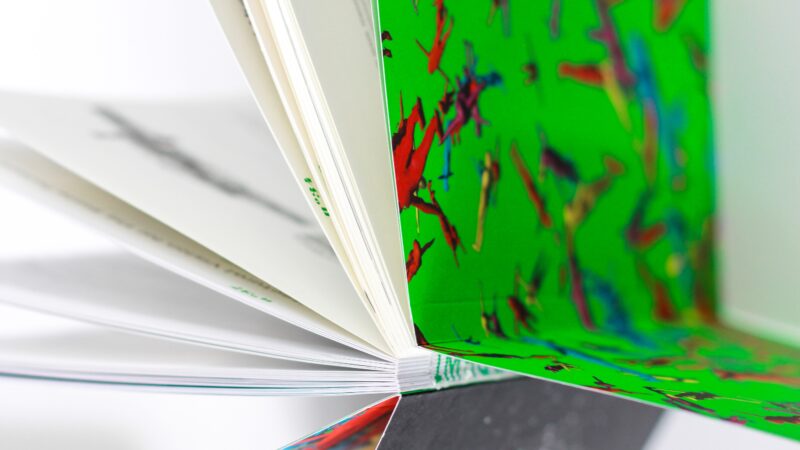100 Years in One Month: Stories to Celebrate Lithuania

“History is not only what happened. It is also what did not happen. People’s dreams, longings, desires, fantasies, guesses as to the future, and plans – the whole power of imagination, which does not necessarily turn into things, events or processes that are tangible, reveals to us the time lived and the reality experienced by an individual or a society: what the values were, the ideals and goals, what was cherished and what was feared, what the desired change was and what the options for action were. The past is full of futures, of how the future is imagined, of the play of imagination which could have remained only as a game, as spells or a kind of delirium, but at a specific time and in a specific place helped people survive a difficult present, inspired faith, gave hope and provided a reason to live. The future is unpredictable, it can destroy any prognoses or expectations, but does not destroy the attempts of people to predict it or at least to control it to some extent, and it is these attempts that create history.”
Norbertas Černiauskas, Marija Drėmaitė, Tomas Vaiseta
Celebrating the restoration of Lithuanian independence on 16 February and the restoration of Lithuania’s status as an independent state on 11 March, Lithuanian Culture Institute presents 13 stories from the book “Imagining Lithuania: 100 years, 100 visions 1918-2018”.
The authors of this book – historians, art historians, artists, and experts in other fields – have carried out an unexpected action – by looking at the past, they are looking to the future: they were concerned to talk not about what the past one hundred years of Lithuania was like, but about how that one hundred years was imagined.
However, in this way we can also see the essence of Lithuania’s history in the 20th century – as a never-ending effort of its society to constantly create anew a free state and the aim of external powers to suppress those efforts and impose their own will and their own visions. On 16 February 1918, with World War I drawing to a close and with the collapse of the great empires, the restored independent state of Lithuania had to start practically from zero, while visions of the future were created here while experiencing the great drama of survival and the desire to find a firm place amongst the other countries of Europe.
World War II meant one occupation after another: the first Soviet occupation (1940–1941), the Nazi occupation (1941–1944), and then the return of the Soviets – with that occupation lasting almost fifty years (1944–1990). In the years of occupation Lithuania’s fate was being decided by foreign powers and grand visions created in the capitals of powerful states, from where instructions came directed to the periphery. However, even under circumstances like that, the desire to create and implement one’s own visions remained – initially by armed resistance in the partisan war (1944–1953), later by peaceful underground resistance or quietly at home or in artists’ studios (1953–1987), and finally during the years of Rebirth (1987–1990), with hundreds of thousands of people taking part in demonstrations, and daring to express their wishes out loud. On 11 March 1990 Lithuania reestablished its independence and regained the opportunity to open up the independent and free political, cultural and social imagination, not easily throwing off the past, but marching forward with youthful impatience.
We did a hard work and selected 13 essays out of 100 ones published at the book. Follow and enjoy the stories here or at The Institute’s Facebook account!
The book was edited by Norbertas Černiauskas, Marija Drėmaitė, Tomas Vaiseta and was published by Lithuanian Culture Institute to celebrate the Centennial of the restored Lithuania in 2018.